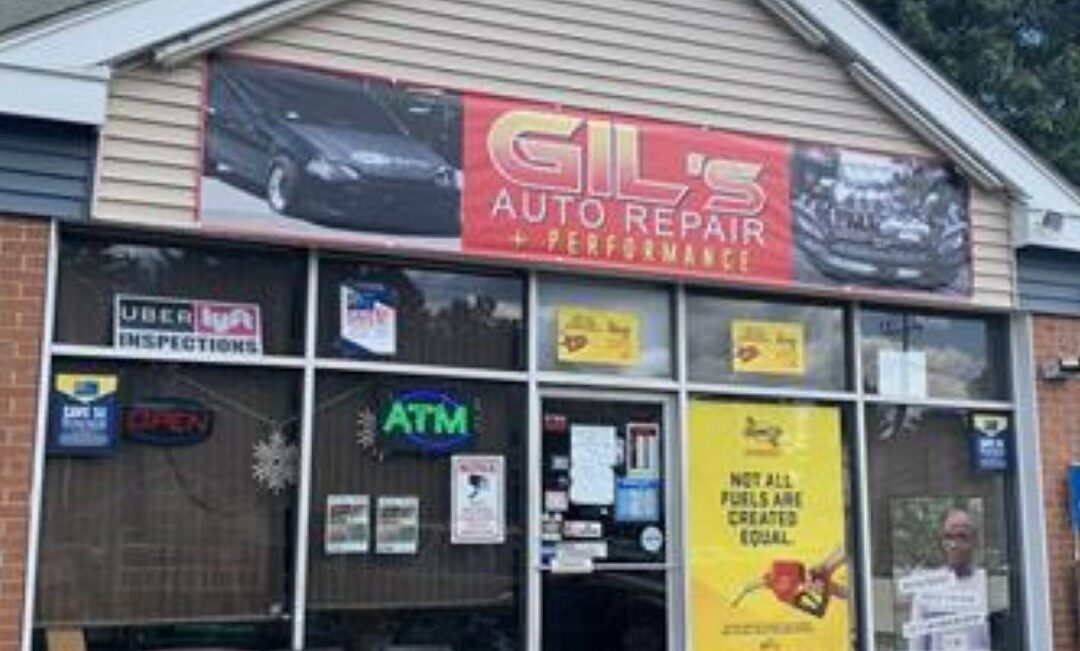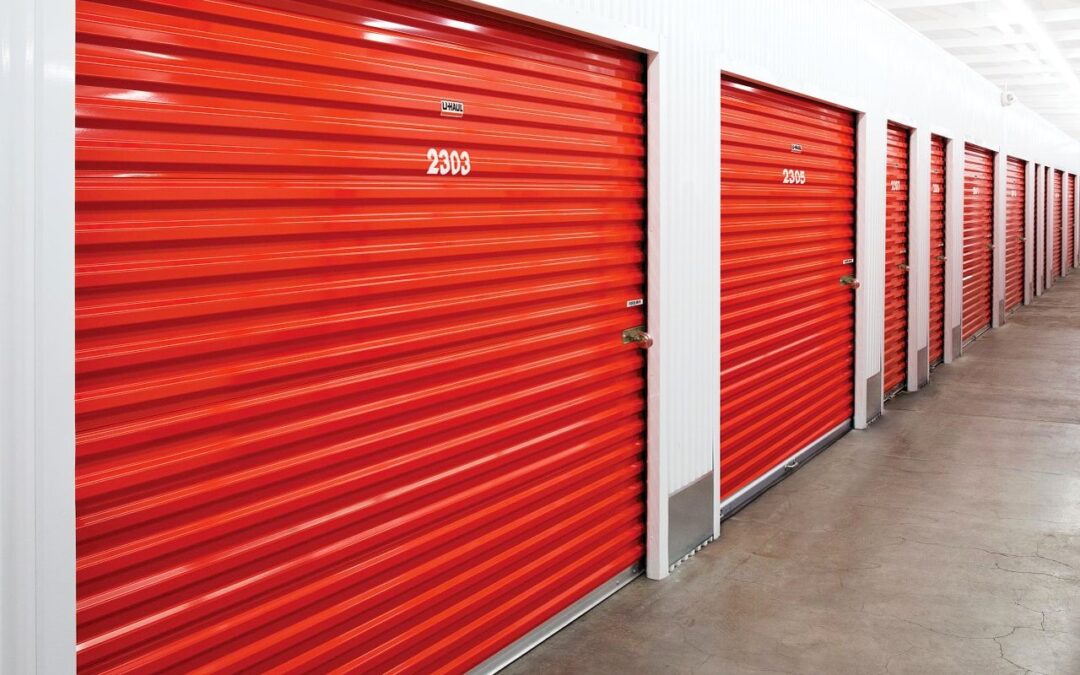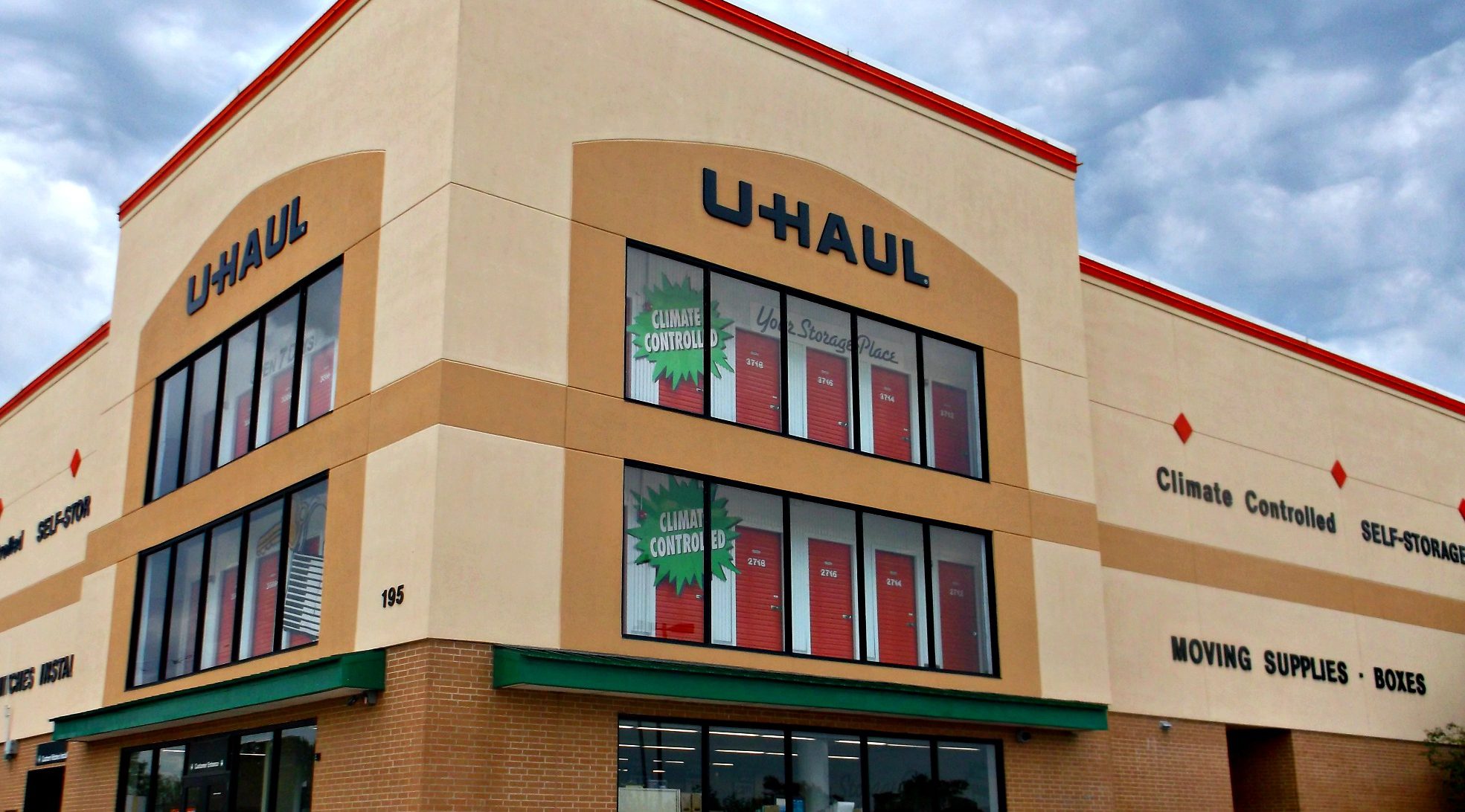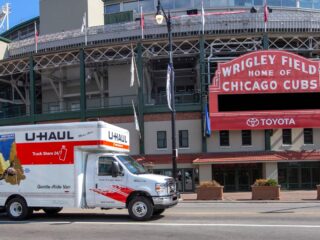In the U.S., construction and demolition (C&D) waste is about 143 million metric tons annually that is for the most part landfilled. According to a recent Wayne State University study, U-Haul adaptive reuse initiative in Midtown Detroit helps avoid enormous amounts of C&D waste and greenhouse gas emissions.
Adaptive reuse means adapting an existing, economically obsolete building for a new, more productive purpose. The importance of the initiative is that extending the useful life of historical and existing buildings supports the key concepts of sustainability by lowering materials, transport and energy consumption and pollution.
A fundamental policy in U-Haul Property Development is to rehabilitate existing buildings in lieu of building anew. When buildings are brought back to life through our adaptive reuse and sustainability initiatives, they revitalize neighborhoods by preserving historic architecture, creating affordable storage rooms and mixed-use opportunities, and increasing public safety. In many cities and towns, U-Haul adaptive reuse practices present an effective strategy to promote infill development and improve the long-term sustainability of historical and existing buildings.
Beginning today, we will start to share adaptive reuse stories of U-Haul historical buildings every month.
Have you seen or been in one of our adaptive reuse buildings? Tell us your experience in the comments below

















